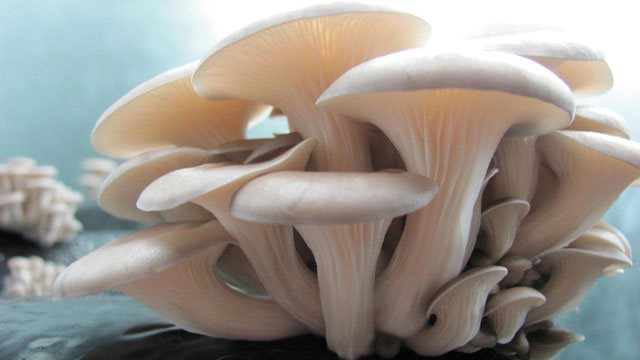Understanding the Fruiting Stage in Mushroom Growth
1. The Mushroom Lifecycle:
- Overview of the complete lifecycle of mushrooms, including the spawn run, pinning, fruiting, and harvesting stages.
- Explanation of how mushrooms reproduce sexually and asexually.
2. Initiation of Fruiting:
- Factors that trigger the transition from mycelium growth to fruiting, such as environmental conditions and substrate colonization.
- Understanding the role of temperature, humidity, light, and air exchange in initiating fruiting.
3. Pinning:
- Definition of pinning and its significance as the initial stage of mushroom formation.
- Factors that influence pinning, including substrate composition, moisture levels, and carbon dioxide concentration.
- Identification of pinning triggers and techniques for promoting uniform pinset formation.
4. Development of Primordia:
- Explanation of primordia formation, also known as "baby mushrooms" or "pins."
- Description of the morphological changes that occur during primordia development.
- Importance of maintaining optimal environmental conditions during primordia formation to ensure healthy mushroom development.
5. Fruiting Body Formation:
- Transition from primordia to mature fruiting bodies (mushrooms).
- Factors influencing the growth and development of fruiting bodies, such as nutrition, hydration, and air quality.
- Description of the different stages of mushroom development, including cap and stem elongation.
6. Environmental Requirements for Fruiting:
- Ideal temperature and humidity ranges for fruiting mushrooms.
- Importance of proper air circulation and ventilation in preventing diseases and promoting healthy fruiting.
- Role of light exposure in fruiting stage, including photoperiod requirements for different mushroom species.
7. Harvesting:
- Indicators of readiness for harvest, such as cap color, size, and firmness.
- Techniques for harvesting mushrooms to minimize damage and maximize yield.
- Importance of timing and frequency of harvesting to optimize production.
8. Post-Harvest Handling:
- Proper handling and storage practices to maintain mushroom quality and freshness.
- Packaging and transportation considerations for harvested mushrooms.
- Strategies for extending shelf life and minimizing post-harvest losses.

Comments
Post a Comment